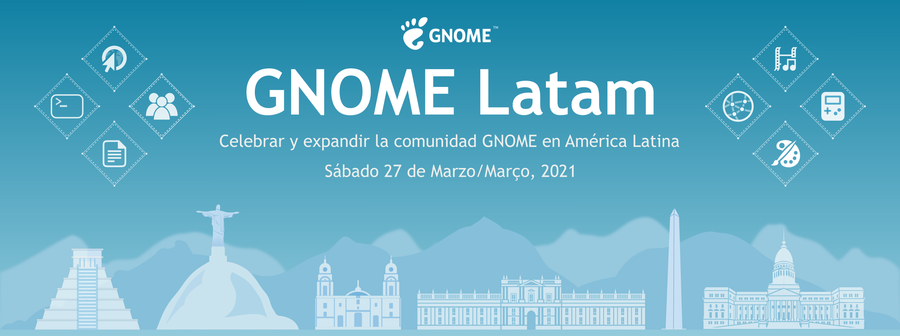Another summer is about to end and with it comes the autumn* with its typical leaf loss. There’s beauty to the leaves falling and turning yellow/orange, but there’s also an association with melancholia. The possibilities and opportunities of the summer are perceived to be gone, and the chill of the winter is on the horizon.
The weather changes set in at the same time our Google Summer of Code season comes to an end this year. For a couple of years, I have planned to write this blog post to our GSoC alumni, and considering the exceptional quality of our projects this year, I feel that another GSoC can’t go without me finally taking a shot at writing this.
Outreachy and GSoC have been critical to various free and open source communities such as ours. By empowering contributors to spend a few months working fulltime in our projects we are not only benefiting from the features that interns are implementing but also having a chance to recruit talent that will continue pushing our project forward as generations pass.
“Volunteer time isn’t fungible” is a catchphrase but there’s lots of truth to it. Many people cannot afford to contribute to FOSS in their free time. Inequality is on the rise everywhere and job security is a privilege. We cannot expect that interns are going to continue delivering with the same bandwidth if they need to provide for themselves, their families, and/or work towards financial stability. Looking at ways to fund contributors is not a new discussion. Our friends at Tidelift and GitHub have been trying to tackle the problem from various fronts. Either making it easier for people to donate to volunteers and/or helping volunteers get fulltime jobs, the truth is that we are still far from sustainability.
So, if you are a mentor, please take some time to reflect on the reasons why your intern won’t continue participating in the project after the internship period ends and see what you can do to help them continue.
Some companies allow their employees to work in FOSS technologies and our alumni have a proven record of their contributions that can definitely help them land entry-level jobs. Therefore referring interns to job opportunities within your company might be a great way to help. Some companies prioritize candidates referred by fellow employees, so your referral can be of great help.
If you are an intern, discuss with us and with your mentor about your next steps. Reflect on your personal goals and on whether you want to build a career in FOSS. My personal advice is to be persistent. Lots of doors will close, but possibly the right one will open. You have a great advantage of having GSoC/Outreachy on your resume and a proven record of your contributions out in the open. Expand your portfolio by contributing bits that are important to you, and eventually recognition may come.
All in all, a career in FOSS isn’t guaranteed, and as branches grow in different ways, remember that the trunk still holds them together. Your roots are in GNOME and we are very proud to see our alumni thrive in the world, even far away from us.
*at least if you live outside the tropics, but that’s a topic I want to address on another blog post: the obstacles to a career in FOSS if you are coming from the global south.


